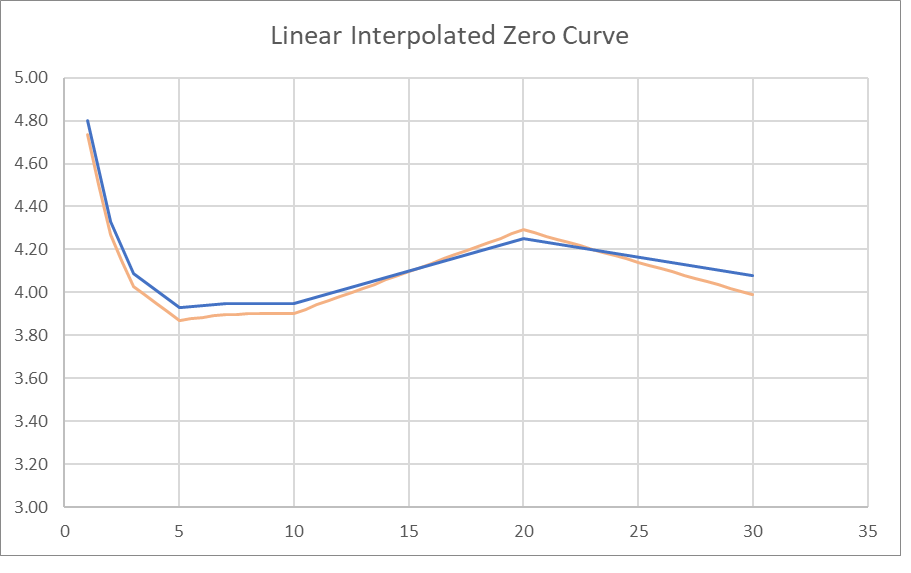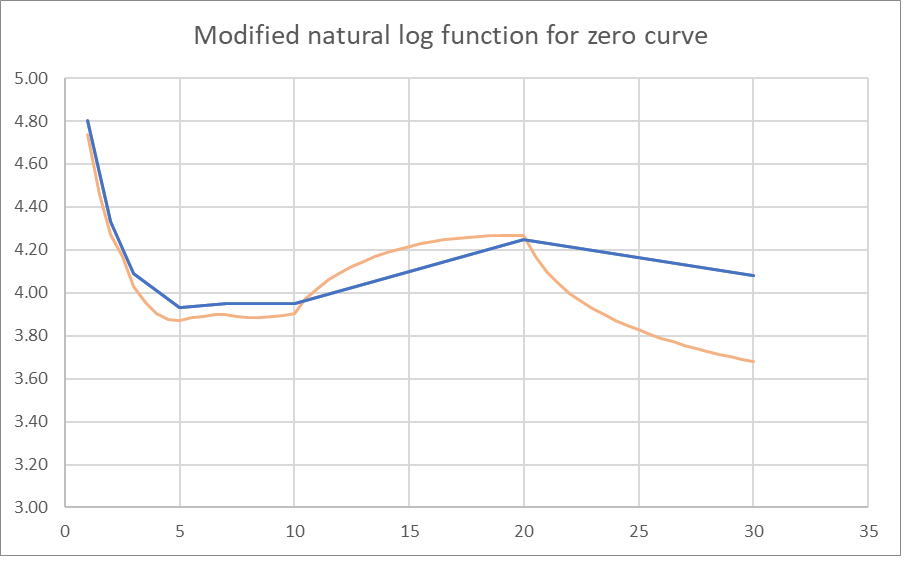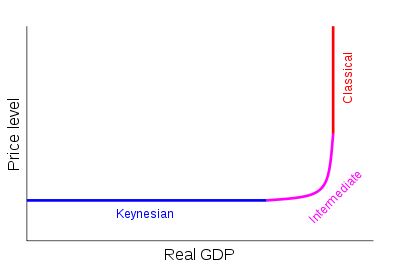Clearwater: A Paper Company Offering High Returns
You may recall from my previous article that I saw opportunities in the packaging company, Greif. But I see now an intriguing opportunity in the packaging-adjacent. Clearwater is a company that makes paper products including bleached paperboard and also tissues for retail consumers, and it offers an attractive free cash flow yield upwards of 15%.
Clearwater recently reported earnings that Wall Street cheered, resulting in its share price going up by 25% (sorry), but even after this advance the company’s earnings power could justify an even greater advance.
Sales in 2023 were $2.083 billion, and operating income was $108 million, and excess depreciation over cash flow produced a free cash flow of $149 million. Set against the current market cap of just under $800 million once excess cash is taken into account, that is a free cash flow yield of nearly 19%. In 2022 sales were $2.080 billion and free cash flow was $124 million, and in 2021, sales were $1.773 billion and free cash flow was $77 million. From 2021 to 2023, paperboard shipments have declined at a single digit percentage while prices increased by over 25%. In the consumer product division, which is roughly of equal size, sales volume increased by 10% and pricing by 15%. This is an encouraging sign that Clearwater is capable of passing on inflation to its customers.
For the first quarter of 2024, sales were $496 million versus $525 million in 2023, operating income was $17 million versus $24 million, and free cash flow was $22 million versus $29 million. Paperboard volumes were unchanged while sale prices declined by 10% as compared to the previous year, and consumer tissues showed a 5% increase in volume while sales prices remained flat. However, the company reported that an extreme weather event affected one of their plants to the effect of $15 million, so that $22 million is a low estimate of earning power. But on the downside, Clearwater also announced that capital expenditures for 2024 would be on the order of $100 million, as opposed to $70 million in 2023.
Now, in terms of free cash flow it is conceptually helpful to distinguish between maintenance capital and growth capital–that is, the amount of capital expenditures necessary to maintain the company’s earnings power as opposed to expenditures designed to increase the company’s productive capacity. The former must definitely be counted as a deduction against free cash flow; the latter does not (subject to the customary skepticism about growth projections, the concept of diminishing marginal return, concerns about management empire-building, etc. etc.). Unfortunately, corporate reporting does not seem to be aware of this distinction, as most managers, including Clearwater’s, do not disclose whether incremental capital spending is maintenance or growth, and analysts seem to be reticent to press them on the matter. Therefore, it is not clear whether the $30 million increase in capital investment in 2024 will be maintenance or growth.
One clue, however, is what the company is doing with the free cash flow it already generates. A company that sees plenty of growth opportunities will deploy free cash flow back into capital assets, while a company that sees fewer growth opportunities will find another use for that money, either returning it to shareholders in the form of dividends or share repurchases, or, in the case of Clearwater, repurchasing debt. Now, Clearwater has only $420 million in long term debt against $840 million in equity, and its interest is covered five and a half times, so I do not see its debt position as particularly worrisome at present, or at least, that lowering its debt further is unlikely to result in a significant multiple expansion. But as the company has chosen the low-return strategy of debt reduction, the implication is that it does not see the possibility of higher returns from investing in additional capacity, and therefore the extra $30 million should at least for the moment be considered maintenance rather than growth capital, unfortunately.
Nonetheless, taking the 2023 free cash flow figure of $149 million as representative of Clearwater’s earnings power, and deducting $30 million for additional capital expenditures still produces a free cash flow yield of 15%, and the company is a reasonable candidate for portfolio inclusion.




